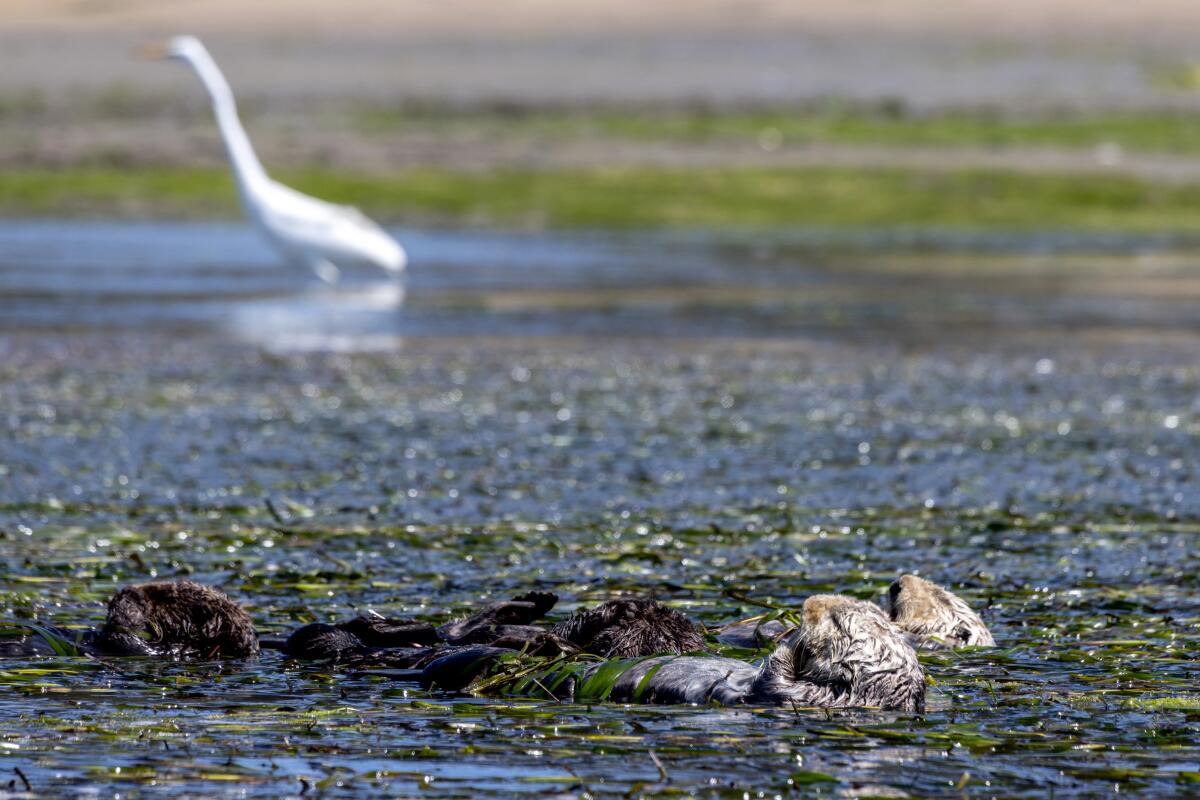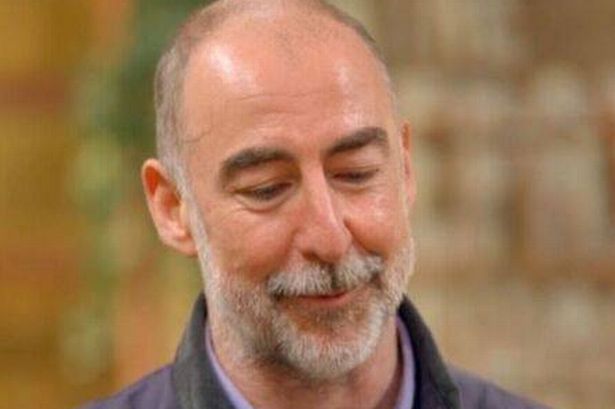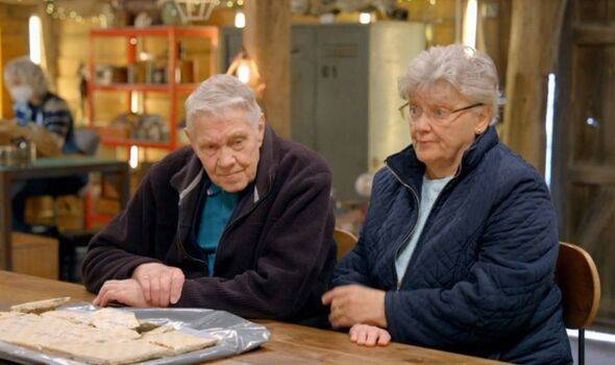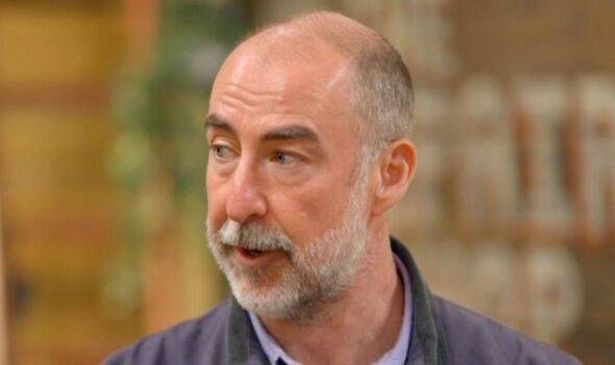The Repair Shop featured the case of grieving parents John and Margaret Ivin this week – but there was more to the tale than met the eye, and the fresh detail is tragic
A heartbreaking blog details a son’s brave journey with cancer – which this week led to an emotional restoration on BBC’s The Repair Shop which left viewers in tears.
Chris Ivin had written by hand a note on the wallpaper on his family home when he was 14 and, when this was discovered behind a cupboard when parents John and Margaret did some renovation work recently, they hoped to get it turned into a treasured memorial. This was because Chris since died following his battle with testicular cancer and his grieving mother and father were desperate for fresh mementos.
To their astonishment, the team on the BBC show was able to restore the crumbling pieces of plaster containing the message and able to frame it as a lasting tribute to Chris, who was a high-flying TV camera operator. Viewers were in tears during the programme this week but, since then, yet more poignant details around the tragedy have emerged.
A blog has come to light which, though dormant for years since Chris’ death in May 2012, detailed the man’s journey with the disease. He gave moving and often humorous accounts of the ups and downs of daily life with his parents and fiancée Inna – who he referred to as “The Russian” – at his side.
READ MORE: Brit dies on Greece holiday after GP said ‘don’t worry’ now family face £59k billREAD MORE: Dad thought he’d caught daughter’s nursery bug – but the truth was far more sinister
In one entry, Chris told how he had “still got my chin up” while adding: “It’s not all beer and skittles, this ‘being off work for way over a year’ thing. What I’ve got at the mo does have its drags, let me tell you. There are some very low days indeed.
“The Russian and I call them bad cancer days It’s very upsetting to be back on chemo after such a long time of recovery. I know I was told things were bad again back in Feb, hence the trip up north.
“It’s very sad to know that I’m back to not understanding my body and being very unpredictable about plans and seeing any of you guys.
“The worst was to come. After being released from hospital there were times I couldn’t even muster the coordination to walk or climb stairs. Help was required on a permanent basis either from the Russian or my mum and dad.”
Chris, who started his career as a camera assistant recording videos of live music performances including AC/DC and Tina Turner as well as for comedians Eddie Izzard and Lee Evans, was diagnosed with the rare form of testicular cancer in January 2011.
The media professional, from southeast London, underwent a series of gruelling treatments but died less than 18 months after his diagnosis on May 29, 2012. Among the treatment, Chris had experimental mistletoe therapy treatment in northern Scotland.
In another blog post, he wrote: “Every week I got a bit better but to be that reliant really took some getting used to. Eating, drinking, fetching the smallest things. Impossible. I really had to be waited on hand and foot. Sounds great? No way!.”
READ MORE: Dad stunned after son makes incredible discovery in pockets of £6 charity shop jacket
Chris became a freelancer for the BBC, before landing a sought after job in Formula One providing coverage for broadcasters around the world. His blog also alluded to his illustrious career but later featured references to his dark days towards the end of his cancer battle.
And his dad left one of the final, devastating post in May 2012. Announcing the heartbreaking news of his death John wrote to followers: “For all those people that do not know that our beloved son, Chris ‘Milton’ passed away 13.26 this afternoon (29-05). He did not want to go, but when he did it was peacefully.”
John and Margaret, who are in their 70s, were overwhelmed with emotion when The Repair Shop team presented them with the restored message, complete with a tidy frame, in this week’s episode. Margaret gasped: “That’s amazing” at the treasure.











